Introduction to the Evolution of Mental Health Insurance Coverage
Over the past decade, mental health insurance coverage in the United States has undergone significant changes shaped by landmark legislative initiatives, evolving federal programs, and shifting healthcare policies. This period has seen expanded access, improved parity enforcement, innovation in service delivery, and a growing recognition of the critical role insurance plays in supporting mental health treatment. Nonetheless, challenges persist including funding cuts, provider shortages, and disparities that limit care access for vulnerable populations. This article explores the major developments, trends, and ongoing issues shaping mental health insurance coverage from 2014 to 2025, highlighting how reforms have improved care access while spotlighting barriers that remain to be addressed.
Key Facts on U.S. Mental Health Insurance Reforms
- The ACA designated mental health as essential health benefit, improving coverage and access.
- Medicaid and Medicare have expanded mental health coverage through policy reforms and benefit enhancements.
- Recent parity laws and regulatory updates aim to ensure equal coverage for mental and physical health treatments.
- Marketplace enrollment in mental health plans has doubled from 11.4 million in 2020 to an estimated 24.3 million in 2025.
- Expansion of telehealth during COVID-19 has made mental health services more accessible, especially in rural areas.
- Major barriers include provider shortages, low reimbursement rates, and narrow provider networks, limiting access.
- Progress for vulnerable populations, like children and adolescents, includes Medicaid expansions and early intervention programs.
- Recent policy challenges threaten to reduce Medicaid funding, enforce fewer parity protections, and cut mental health programs.
- Increased provider enrollment, service categories, and telehealth strategies aim to expand behavioral health services.
- Future efforts focus on enforcing parity laws, reforming reimbursement, expanding Medicaid, and addressing social determinants to improve coverage.
1. The Affordable Care Act: Catalyst for Expanding Mental Health Coverage

How have major healthcare reforms, such as the Affordable Care Act, influenced mental health insurance coverage?
The Affordable Care Act (ACA) brought substantial changes to mental health coverage across the United States. It designated mental health and substance use disorder services as essential health benefits, requiring insurance plans to cover these services equally with physical health treatments. This move aimed to remove disparities in coverage and improve access.
The law extended parity requirements to individual and small-group plans, alongside Medicaid plans, ensuring that mental health benefits could not be more restricted than medical benefits. Quality of coverage, network adequacy, and prior authorization processes are now scrutinized to enforce equality.
Additionally, the ACA expanded insurance coverage through Medicaid expansion and the Health Insurance Marketplace, which reduced uninsurance rates among mental health populations. The removal of medical underwriting in the individual and small-group markets prevented denials or higher premiums for pre-existing mental health conditions.
A significant feature was allowing young adults to stay on their parents’ insurance plans until age 26, increasing access for the emerging adult population. As a result of these reforms, millions gained mental health coverage, leading to increased treatment utilization and reduced financial and systemic barriers.
Overall, the ACA's reforms have played a critical role in improving mental health insurance coverage, leading to better access, treatment, and health outcomes for individuals with mental health conditions.
2. Medicare and Medicaid: Expanding Federal Program Coverage for Mental Health
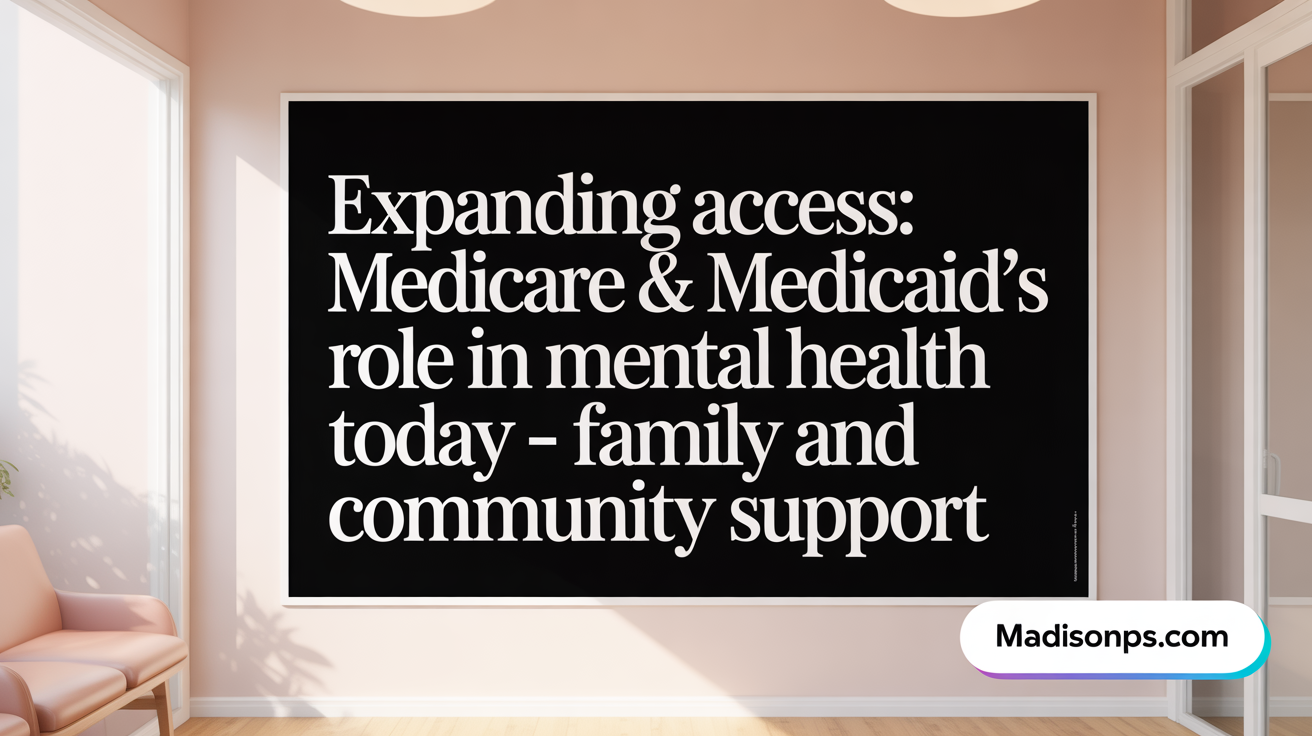
How have federal programs like Medicare and Medicaid changed their coverage for mental health services?
Over the past decade, both Medicare and Medicaid have made notable progress in broadening mental health coverage across the United States. Medicaid, which covers nearly a third of adults with mental health conditions, has been a vital component in addressing behavioral health needs, especially after the Affordable Care Act (ACA) mandated coverage of mental health and addiction services as essential benefits. This expansion increased access for low-income populations, effectively reducing the financial barriers faced by many.
Medicare has also seen significant reforms. Outpatient benefits have been expanded, with lower cost-sharing for outpatient services following the 2008 Medicare Improvements for Patients and Providers Act. The 2020 closure of the 'donut hole' in Part D prescription drug coverage improved access to mental health medications, making them more affordable.
In 2024, Medicare added coverage for licensed professional counselors, which helps fill existing provider gaps. However, challenges remain, such as the lifetime inpatient psychiatric day limit of 190 days, limited coverage for psychiatric rehabilitation, and narrow networks in Medicare Advantage plans. These issues continue to restrict access for some beneficiaries, especially those with severe or chronic conditions, underscoring that while there’s been progress, gaps still need to be addressed.
3. Mental Health Parity Laws and Enforcement: Striving for Equal Coverage
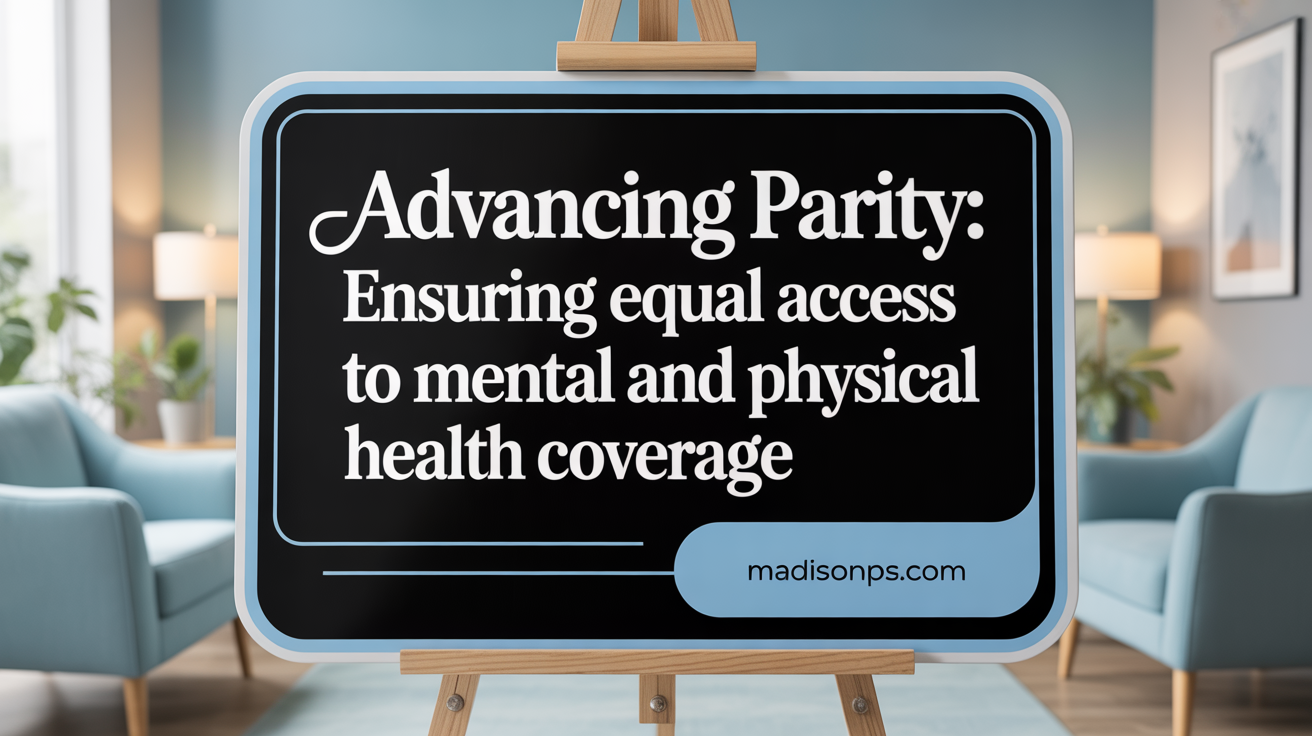
What are the recent policy developments and legislative impacts on mental health insurance?
Since the enactment of the Mental Health Parity and Addiction Equity Act (MHPAEA) in 2008, significant efforts have been made to ensure that mental health and substance use disorder treatments are covered on equal footing with physical health conditions. Originally, MHPAEA aimed to prevent insurers from imposing more restrictive benefits for mental health services compared to other medical benefits.
However, enforcement has historically faced challenges, with many insurers continuing practices that undermine parity, such as narrower provider networks, higher copayments, or stricter utilization reviews for mental health care.
Recently, legislative and regulatory actions have intensified. In 2024, the federal government finalized new rules to strengthen compliance, including comprehensive data collection and analysis requirements for insurers. These rules mandate that insurers justify any limitations on mental health benefits, ensure equitable provider network availability, and apply consistent prior authorization procedures.
This update marks one of the broadest efforts to close loopholes and improve adherence to parity laws, aiming to expand access and reduce disparities in mental health coverage.
Enforcement challenges and regulatory updates
Despite these regulations, enforcement remains a key hurdle. Federal agencies, such as the Department of Health and Human Services (HHS) and the Department of Labor, have historically conducted limited targeted reviews, relying heavily on consumer complaints rather than proactive oversight.
The 2024 rules, however, increase oversight by requiring insurers to perform internal audits and publicly disclose treatment denials or restrictions that could indicate parity violations.
Still, some rollbacks have occurred, with federal agencies showing restraint in enforcement actions, and states vary widely in their parity enforcement efforts. This inconsistency leaves gaps that can hinder full application of parity protections.
Requirements for insurer transparency and outcome data
One of the hallmark features of the updated regulations is the emphasis on transparency. Insurers are now required to provide detailed reports on how they implement mental health benefits, including data on network adequacy, treatment denials, and the outcomes of care.
These disclosures are crucial for identifying ongoing disparities and holding insurers accountable. They also help policymakers and advocates target reforms where violations are most prevalent.
Impact on coverage limits, prior authorizations, and networks
The new rules prohibit insurers from applying more restrictive policies for mental health benefits. This includes preventing more frequent use of prior authorizations, tighter network restrictions, or higher out-of-pocket costs solely due to mental health conditions.
Insurers are instructed to maintain adequate, accessible provider networks and to treat mental health services with the same efficiency as physical health services, reducing barriers that often prevent timely access to care.
State-level parity statutes and FAA initiatives
Beyond federal regulations, some states have enacted their own parity laws, which can offer additional protections. However, enforcement at the state level varies, with some jurisdictions lacking robust mechanisms to ensure compliance.
Additionally, the Federal Against Disparities in Access (FAA) initiatives aim to standardize enforcement efforts and promote best practices across states. These programs are designed to supplement federal efforts, creating a more uniform framework to uphold mental health parity.
In conclusion, recent legal and regulatory developments have made strides toward achieving true parity in mental health coverage. Still, persistent enforcement challenges and variability in state laws underscore the need for ongoing vigilance and advocacy to realize the full promise of mental health parity provisions.
4. Marketplace Insurance and Mental Health: Growth, Challenges, and Risks

What trends and statistics demonstrate changes in mental health service coverage and utilization?
Marketplace enrollment has seen impressive growth over recent years, nearly doubling from 11.4 million in 2020 to an estimated 24.3 million in 2025. During this period, approximately 18% of enrollees had at least one mental health diagnosis, indicating a significant number of individuals accessing mental health services through Marketplace plans.
Insurance coverage plays a critical role in enabling access to mental health care. Data shows insured adults are much more likely to receive needed mental health treatment compared to those without insurance. For example, in 2022, about 23% of adults received mental health treatment, with women and young adults (ages 18-26) reporting the highest rates.
However, potential policy changes pose serious risks. Pending reforms could result in the loss of coverage for up to 8.2 million Marketplace enrollees by 2034. Such rollback of coverage could leave over 1 million individuals with mental health conditions uninsured, potentially resulting in reduced access to essential services and increased societal costs.
The most vulnerable groups include adults aged 26-34 and women, among whom mental health diagnoses are particularly prevalent. Medicaid, which covers nearly one-third of adults with mental health disorders, remains a vital resource.
While insurance coverage has facilitated better access and reduced costs, threats to federal funding and regulatory rollbacks loom. The recent federal legislation, such as the 2025 cut of 15% in Medicaid funding and the relaxation of parity enforcement, could undermine the progress made in mental health care access.
Overall, these statistics illustrate a vital link between insurance coverage provided via the Marketplace and mental health treatment utilization. Still, the future holds considerable uncertainty that could reverse gains, emphasizing the importance of safeguarding these insurance protections to maintain accessible mental health services for millions of Americans.
5. Telehealth’s Permanent Role in Mental Health Insurance Coverage
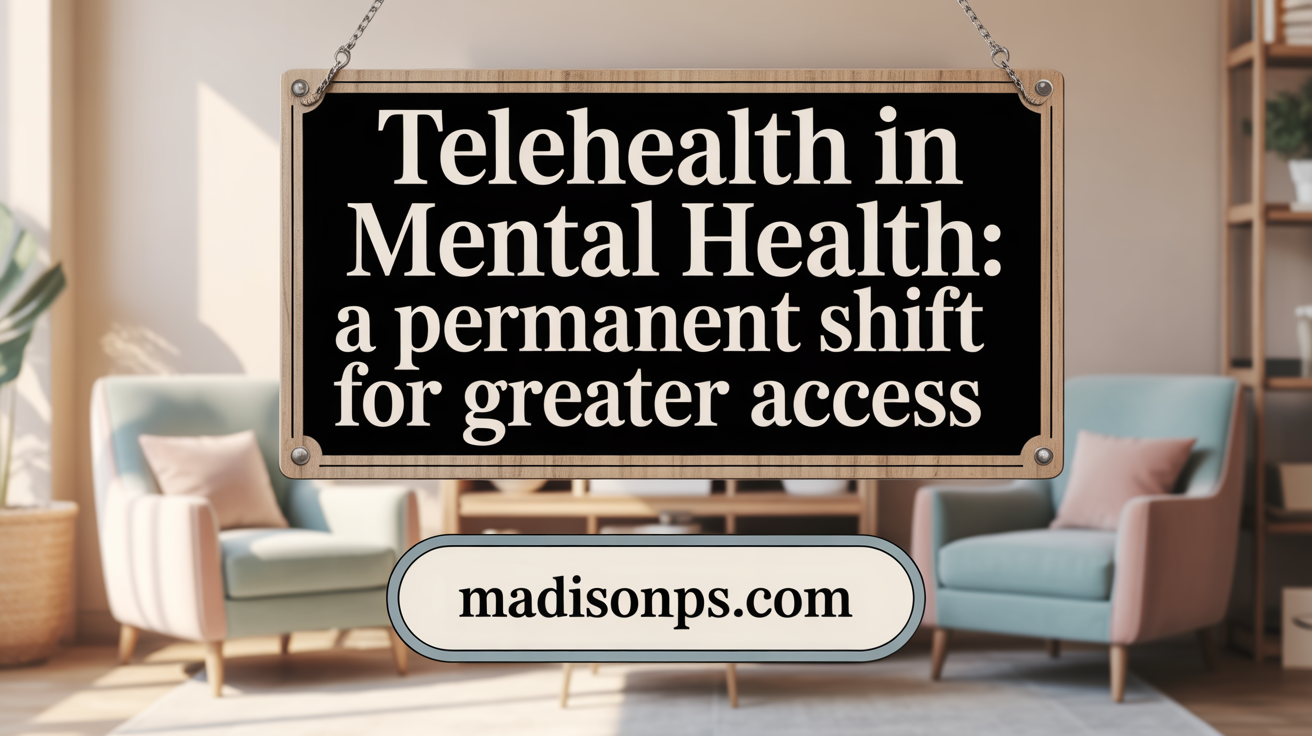
Expansion of telehealth for mental health during COVID-19
During the COVID-19 pandemic, there was a significant expansion of telehealth services for mental health care. Providers quickly adopted virtual platforms to ensure continuity of care as in-person visits became limited. This surge improved access for many, especially avoiding barriers like transportation and time constraints.
Permanent insurance coverage for tele-mental health services
Recognizing the benefits, federal and state policymakers made these telehealth options permanent. Insurance plans are now required to cover tele-mental health services on par with in-person visits, reducing disparities in access.
Reduced in-person visit requirements
Regulations allowed certain in-person visit requirements to be waived, making it easier for patients to receive mental health services remotely. This flexibility has also streamlined care delivery, allowing more frequent and accessible treatment.
Impact on access especially in underserved and rural areas
The expansion of telehealth has particularly benefited rural and underserved communities, where mental health providers are scarce. Patients can now access specialists and mental health support remotely, reducing travel time and costs.
Telehealth for opioid use disorder and crisis services
Beyond traditional therapy, telehealth has been crucial for opioid use disorder treatments and crisis management. Services like remote assessments and crisis intervention via audio-visual platforms have increased, providing critical aid in urgent situations.
Policy support and reimbursement adjustments
To sustain these changes, policymakers have adjusted reimbursement policies, ensuring telehealth services are financially viable for providers. Continuous support and favorable reimbursement are essential to maintaining access and expanding tele-mental health services.
6. Access Barriers and Insurance Network Limitations in Mental Health Coverage
 Access to mental health services in the United States is still facing numerous obstacles, despite expanded insurance coverage efforts. One major issue is provider shortages, especially in rural and underserved areas, which limits the availability of mental health professionals for many patients.
Access to mental health services in the United States is still facing numerous obstacles, despite expanded insurance coverage efforts. One major issue is provider shortages, especially in rural and underserved areas, which limits the availability of mental health professionals for many patients.
Low reimbursement rates further discourage mental health providers, including psychiatrists and psychologists, from participating in insurance networks. Many opt out of accepting insurance altogether due to the financial disincentives, leading to limited options for insured individuals.
Data shows that only about 43% of psychiatrists and just 19% of nonphysician mental health providers participate in insurance networks. Consequently, a significant reliance on out-of-network care persists, which often results in higher out-of-pocket costs for patients.
Compounding these issues are various insurance practices that restrict access. Prior authorization requirements, medical necessity standards, and network limitations can delay or block necessary treatment. Patients frequently face difficulties in obtaining timely care due to narrow provider networks, which do not meet their needs, especially for specialized mental health services.
This combination of systemic provider shortages, low provider participation, and restrictive insurance practices means that many individuals with insurance still encounter high out-of-pocket costs and limited access to quality mental health care. These barriers contribute to ongoing gaps, particularly affecting vulnerable populations in rural areas and marginalized communities.
Overall, while policy reforms have improved coverage rates, the systemic barriers to accessing affordable and adequate mental health services remain significant, necessitating targeted strategies to increase provider participation, improve reimbursement, and expand provider networks to meet the growing demand.
7. Mental Health Coverage Progress and Challenges for Vulnerable Populations
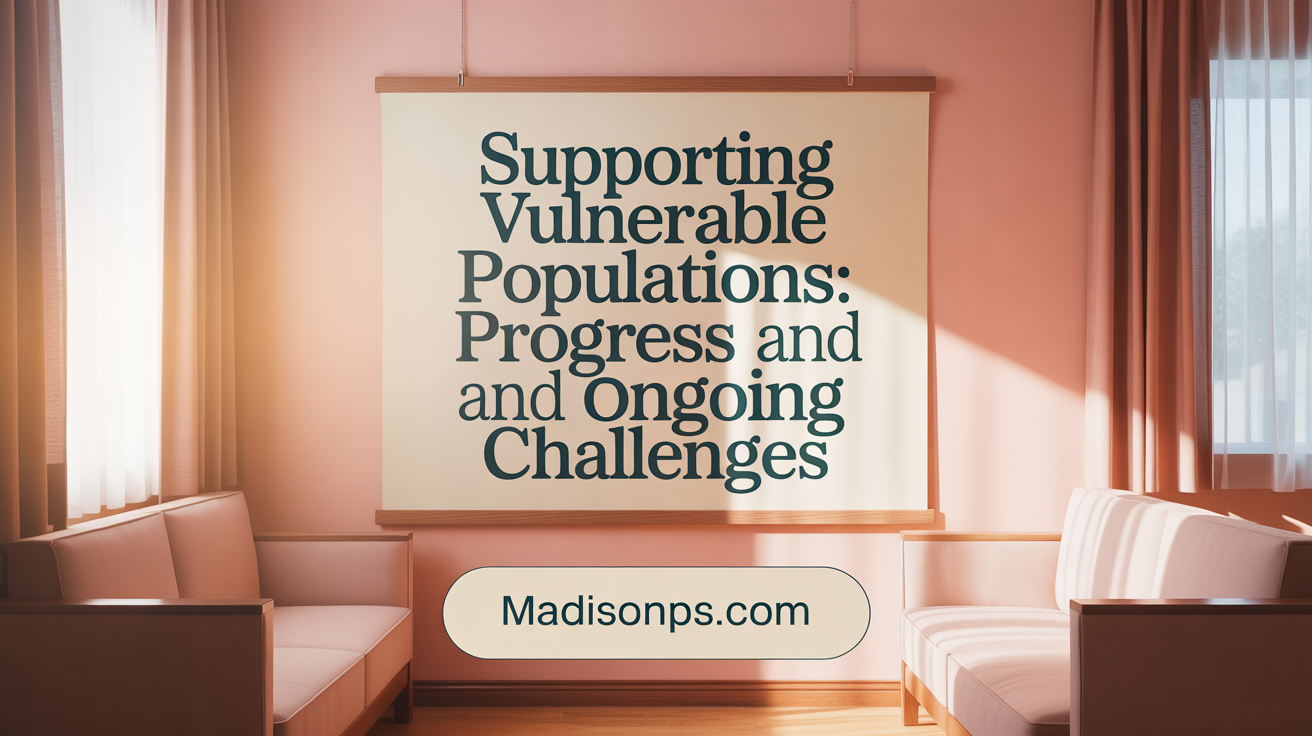
How have policy reforms impacted vulnerable populations such as children and adolescents in terms of mental health coverage?
Over the past decade, policy changes have significantly improved mental health coverage for young populations. The Affordable Care Act (ACA) played a vital role in expanding Medicaid and CHIP, which now cover a large share of children and adolescents with behavioral health needs. These expansions mandated mental health and substance use disorder treatment as essential health benefits, making services more accessible.
In addition, the ACA and subsequent legislation introduced preventive services like depression screening, and extended coverage to include services like behavioral health planning and management. School-based mental health programs received increased funding, facilitating early intervention and ongoing support in educational settings.
Despite notable progress, challenges remain. Infrastructure gaps, including insufficient mental health professionals trained to serve youth, and a shortage of providers in rural or underserved areas, hinder access. Systemic issues like disparities in care for racial and ethnic minorities and low-income families persist.
Emerging societal stressors, such as climate change, increased social media influence, and economic instability, increasingly affect youth mental health. These factors highlight the necessity for continued policy efforts to narrow disparities, bolster provider capacity, and address societal factors impacting youth mental health.
8. Developments in Behavioral Health Coverage: Services and Provider Enrollment
 Recent policy efforts and healthcare reforms have led to significant advancements in behavioral health coverage, aiming to improve access and quality of care nationwide.
Recent policy efforts and healthcare reforms have led to significant advancements in behavioral health coverage, aiming to improve access and quality of care nationwide.
One major step has been the expansion of service categories, notably including intensive outpatient programs (IOPs). CMS now recognizes these intermediate levels of care and provides coverage and appropriate payment rates, offering patients more flexible treatment options beyond traditional outpatient therapy.
In addition, Medicare has broadened its provider network by allowing licensed professional counselors, such as Marriage and Family Therapists and Mental Health Counselors, to enroll directly as Medicare providers starting in 2024. This move aims to increase the number of eligible practitioners serving Medicare beneficiaries, particularly in underserved areas.
To address geographic disparities, CMS relaxed supervision rules at federally qualified health centers and rural health clinics, shifting from 'direct supervision' to 'general supervision.' This adjustment enhances the availability of behavioral health services, especially in rural and underserved communities.
Payment reforms are also a focus, with increased rates and additional funding allocated for crisis services, including crisis psychotherapy outside clinical settings. These reforms aim to better reflect the actual costs of urgent mental health interventions and to expand access during mental health crises.
Furthermore, federal agencies are prioritizing interagency coordination to strengthen telehealth strategies. This includes developing cross-state licensure agreements and expanding telehealth coverage to support behavioral health care delivery remotely, which has become particularly vital during the COVID-19 pandemic.
Collectively, these developments represent a comprehensive approach to overcoming barriers in behavioral health care. They strive to improve provider participation, expand service offerings, and leverage technology to reach more Americans in need.
9. Policy and Legislative Challenges Threatening Mental Health Insurance Progress
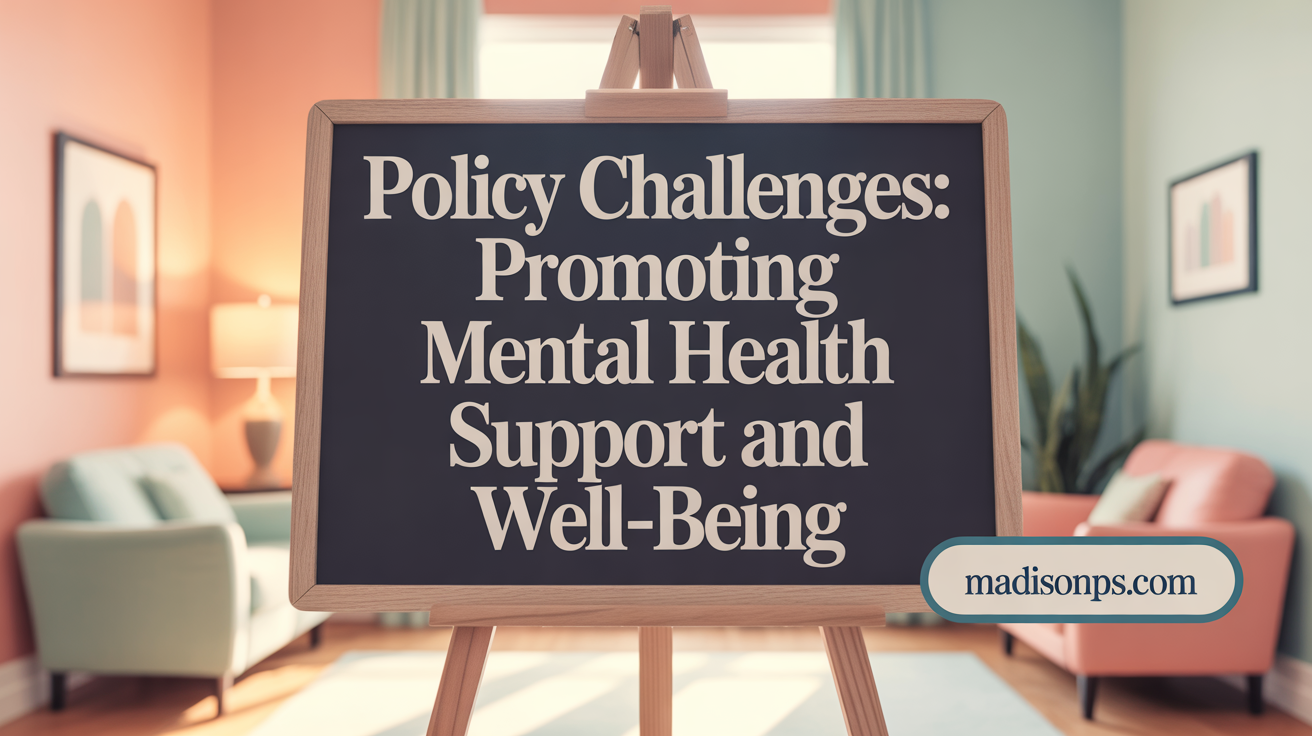
What are the current challenges and future policy recommendations to improve mental health insurance coverage?
Recent policy actions and legislative developments pose significant threats to the progress made in mental health insurance coverage and access. The passage of H.R. 1 in 2025, which reduces federal Medicaid funding by 15%, is expected to result in the loss of health insurance coverage for approximately 15 million people. This reduction could notably increase the number of uninsured individuals, limiting their access to necessary mental health services.
Additionally, proposals to restructure federal mental health agencies, including dissolving agencies like SAMHSA and HRSA into a new Agency for a Healthy America, entail cutting about $1 billion in funds supporting programs crucial for behavioral health. Such restructuring risks weakening existing support structures aimed at expanding mental health services.
The Biden administration’s decision not to enforce updated parity regulations effectively diminishes protections ensuring insurance coverage for mental health and substance use disorders. This rollback may lead to insurers applying more restrictive practices, such as higher copayments or narrower provider networks, thereby limiting access.
Funding cuts are also affecting specific populations, including reduced allocations for LGBTQ+ crisis services via the 988 Suicide & Crisis Lifeline and the halting of $1 billion in school mental health professional grants. These reductions threaten to widen disparities and leave vulnerable groups without adequate support.
Furthermore, recent changes allowing VA mental health providers to return to in-office work could impact access and confidentiality, especially for veterans in rural areas or those concerned about privacy.
In light of these challenges, policy recommendations emphasize the need for increased and sustained funding for mental health programs, strict enforcement of parity laws, expansion of provider networks, and targeted policies to close coverage gaps. Strengthening Medicaid and supporting community-based services are crucial steps to ensure the sustainability of improvements in mental health coverage and to address the growing demand for behavioral health care.
10. Future Directions: Recommendations for Improving Mental Health Insurance Coverage

What are the current challenges and future policy recommendations to improve mental health insurance coverage?
Despite significant progress over the past decades, several obstacles continue to hinder adequate access to mental health services. One critical issue is the inconsistent enforcement of mental health parity laws. Many insurers still impose higher copayments, restrictive prior authorizations, and limited provider networks for mental health benefits compared to physical health care, often violating legal requirements. Strengthening enforcement mechanisms and requiring transparent reporting from insurers can improve accountability and ensure compliance.
Another challenge lies in low reimbursement rates for mental health providers, which discourage participation in insurance networks. Policies aimed at increasing reimbursement and reducing administrative burdens, such as streamlining credentialing and prior authorization processes, could incentivize more practitioners to accept insurance, thereby expanding access.
Expanding Medicaid, especially in states that have not yet adopted Medicaid expansion, is essential to close persistent coverage gaps. An estimated 2.2 million uninsured adults with mental health conditions remain in coverage gaps, primarily affecting low-income populations of color. Closing this gap would improve access to needed services and reduce societal costs.
Integrating mental health into primary care settings and social services creates a more holistic approach to health. Embedding behavioral health providers within primary care clinics and addressing social determinants—such as housing, employment, and education—can improve overall health outcomes.
Investments in telehealth infrastructure are vital, especially in rural and underserved areas. Expanding telehealth for mental health services, including audio-only options, can overcome geographical and transportation barriers. Concurrently, fostering workforce diversity by incentivizing training programs for underrepresented groups will help reduce disparities and ensure culturally competent care.
Addressing social determinants and health disparities through coordinated policies and community-based programs will create a more equitable mental health system. Overall, comprehensive reforms targeting enforcement, reimbursement, coverage expansion, integration, and social factors are necessary to secure accessible, equitable mental health care for all individuals.
Major Changes in Mental Health Insurance Coverage Over the Last Decade

What are the major changes in insurance coverage for mental health over the last decade?
Over the past ten years, there have been significant advancements in how mental health is covered by insurance in the United States. The introduction of the Affordable Care Act (ACA) in 2010 played a pivotal role by requiring that mental health and substance use disorder services be included as an essential health benefit in new small-group and individual insurance plans. This helped expand access for millions of Americans who previously faced coverage gaps.
The ACA also extended the Mental Health Parity and Addiction Equity Act (MHPAEA) to cover individual and small-group plans, ensuring that mental health benefits are comparable to physical health coverage. As a result, many plans eliminated annual and lifetime caps on mental health benefits and improved coverage for preventive services like depression screening.
In recent years, federal legislation in 2024 has reinforced this progress by mandating that private health insurers provide parity in mental health and addiction services. This includes conducting analyses to prevent restrictions such as stricter prior authorization or narrower provider networks for mental health benefits. These rules aim to close loopholes and improve compliance across over 200 additional health plans, covering approximately 120,000 consumers.
Telehealth services for mental health diagnosis and treatment have also evolved dramatically. During the COVID-19 pandemic, coverage for telebehavioral health was expanded and made permanent, allowing more people, especially in rural or underserved areas, to access care remotely via audio or video platforms.
However, despite these positive developments, ongoing policy shifts pose challenges. Proposed federal funding cuts and legislative proposals threaten to reduce coverage totalities. For example, in 2025, proposed reductions in Medicaid funding and agency restructuring could result in millions of individuals losing access to essential behavioral health services.
Overall, the last decade has brought substantial improvements in mental health coverage through legislative measures, expanding access and reducing financial barriers. Still, the evolving political climate and funding priorities present risks that could hinder future progress in mental health care accessibility.
Conclusion: Balancing Progress and Challenges in Mental Health Insurance Coverage
The last decade has marked a period of profound change and progress in mental health insurance coverage, highlighted by landmark reforms under the Affordable Care Act, expansions in Medicaid and Medicare benefits, enhanced parity enforcement efforts, and the integration of telehealth services. These changes have collectively increased access to care, reduced financial barriers, and improved treatment utilization for millions across diverse populations. However, persistent challenges including funding cuts, insurer network inadequacies, provider shortages, and disparities among marginalized groups underscore the need for proactive policy actions. To sustain and build upon gains, future efforts must prioritize enforcement of parity laws, expand coverage access, increase provider participation, and address social determinants that influence mental health outcomes. By balancing these priorities, the U.S. can move closer to achieving equitable, affordable, and comprehensive insurance coverage that meets the evolving mental health needs of its population.
References
- How Might Changes to the ACA Marketplace Impact Enrollees ... - KFF
- New Policies Affecting Access to Mental Health Care
- Medicare Mental Health Coverage What Changed and What Gaps ...
- Changes in Health Insurance Coverage and Barriers to Health Care ...
- Exploring the Rise in Mental Health Care Use by Demographics and ...
- Biden Administration Finalizes Stronger Rules On Mental Health ...
- Access and Cost Barriers to Mental Health Care by Insurance Status ...
- The Behavioral Health Care Affordability Problem
- Important New Changes to Improve Access to Behavioral Health in ...
- Insurers often shortchange mental health care coverage, despite a ...
